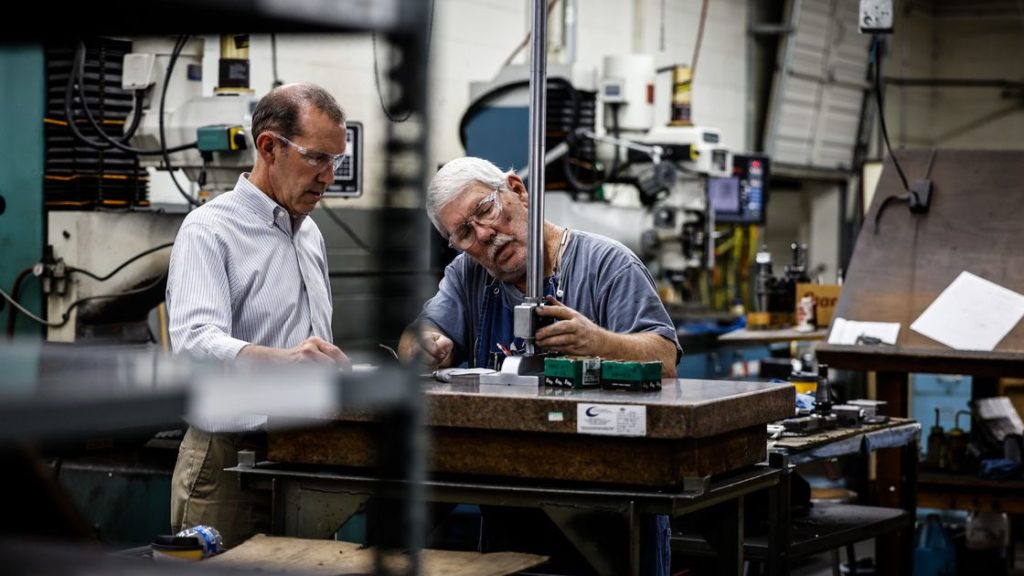With lack of inventory, which we all hear about it all the time — low supply, high demand — it’s driving up prices on both the rentals and the sale home sales, but we also factor in the cost of living ending being as low as we are.
Our interest rates today are very low, historically speaking, so you can get into a 2,000 square foot home much easier than years past, where a full affordability is what making Dayton so strong.
Meaning today consumers have more money in the stock market, cash on hand and savings than they ever did before.
In my own opinion affordability is not a major issue right now.
So the labor market has improved, and many economic indicators are trending in the right direction.
But in 2022 I expect manufacturing, education and health services, and also the government sector to contribute to job growth and the innovation economy.
So I think there’s sort of two economies out there for Dayton — one that’s going to be doing very well at the upper end and another group of people that are really, really still going to be suffering because some of the sectors where those people work, leisure and hospitality in particular, are going to continue to lag.
Q: The region has been very successful in attracting logistics companies, many of which use a large portion of the low skilled labor pool.
Julie Sullivan: In economic development, our role is to support, not only attracting companies to come into the region and continue to add to our economic base, but to make sure that the existing industry that we have here that’s oftentimes homegrown and been with us for a very long time, to make sure they continue to see success.
Companies need to be working hard to not only attract that talent and leverage the resources available in the region to do that work, but also be thinking of and be mindful of how do you retain that talent? That does include being mindful of what your wages look like, but it also means outreach to educate potential candidates about the jobs within their organization and what that career path can look like.
So occupational segregation, economic exploitation, employment discrimination —these are all things that I think are key factors that put people of color at a greater risk of unemployment, and limit their ability to weather some of these economic downturns.
One of the big things where we see a push forward, especially with the gender wage gap, and just wage gaps in general, is showing transparency in wages.
That’s based on a number of variables, but it gives you more flexibility and freedom to pursue your own business and to really set those goals for yourself rather than allowing an employer to do that for you.
And then when it comes to economic relief, things that are a little bit more targeted help.
